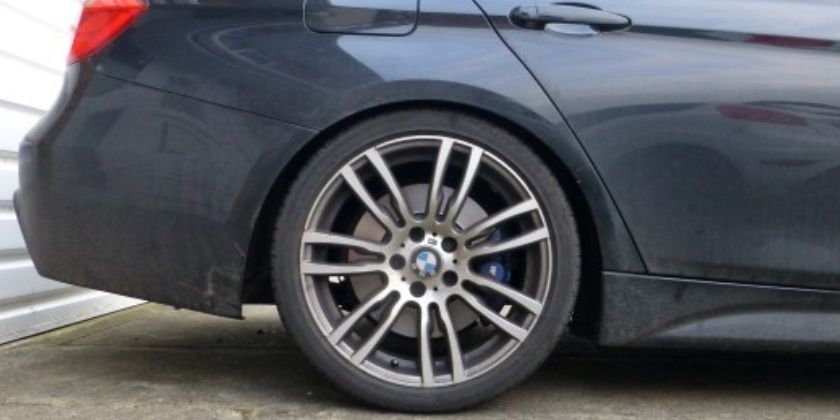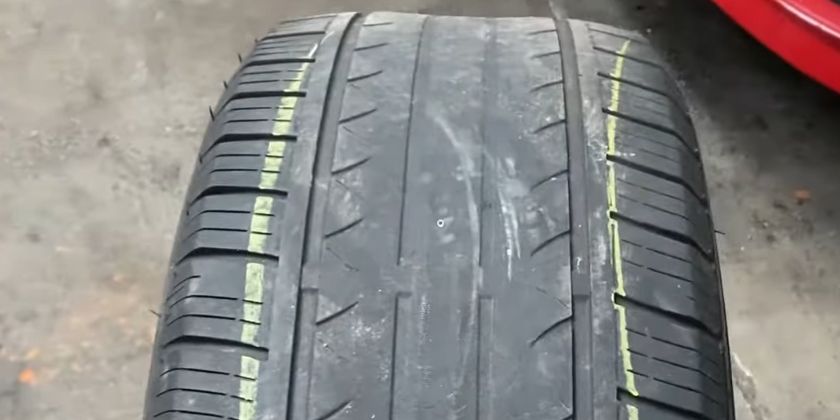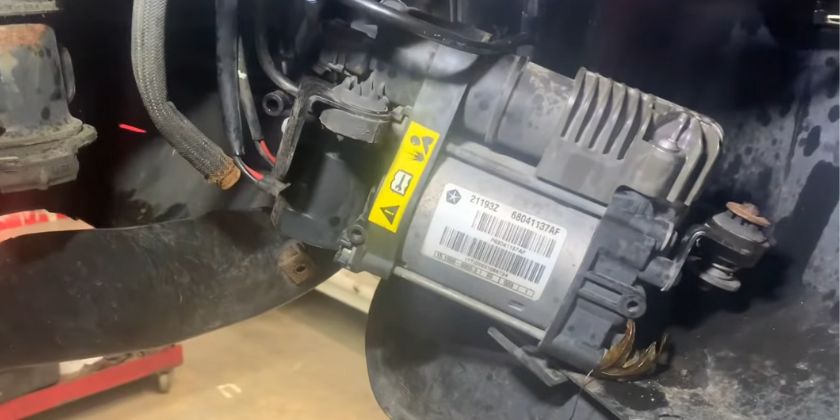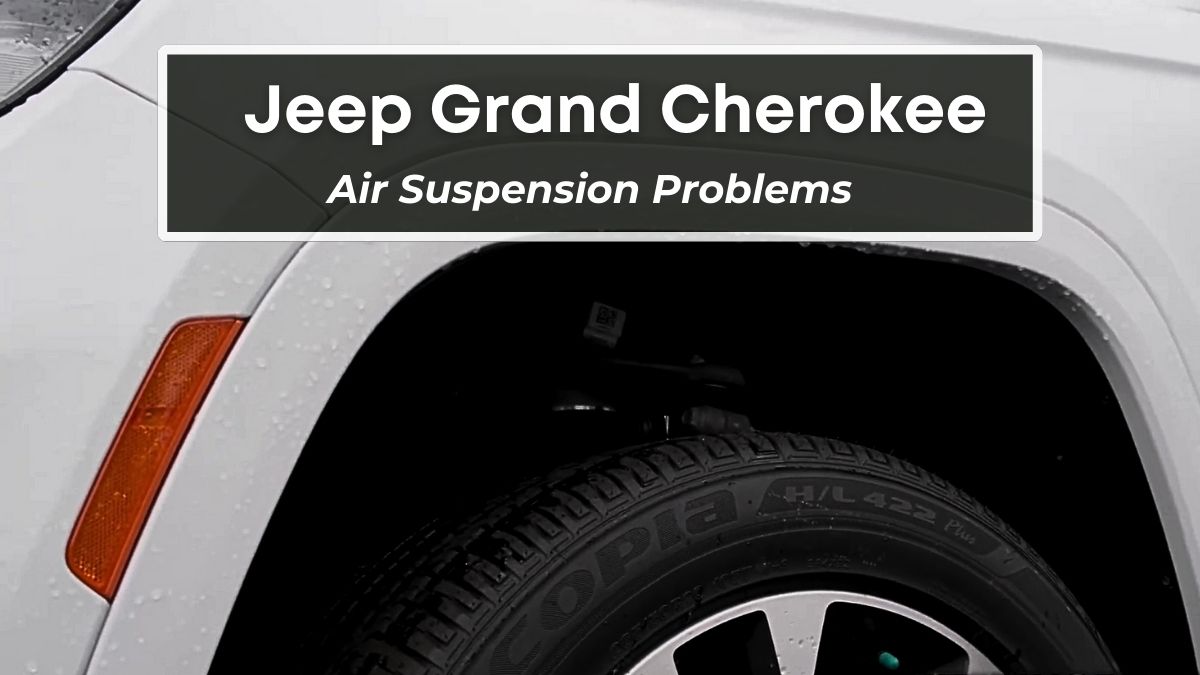Air suspension problems are among the most common issues in an aging vehicle – even if it’s a Grand Cherokee.
The most obvious sign of this issue is the infamous “Immediate Air Suspension Service/Repair Required” message popping on the instrument panel.
Sometimes, you don’t get any message (or the message goes away after some time).
But you can still feel something wrong with the air suspension system. For example, the vehicle looks low from the front, you find its handling more difficult than usual, there’s uneven wear on the tires, etc.
Here, we’ll discuss common signs of a failing Grand Cherokee Air Suspension system and how to fix them.
What is Air Suspension?
But before moving forward, we’ll need to learn a little about air suspension.
The air suspension system’s job is similar to that of a regular one. Both suspension types connect a vehicle’s body to its wheels/brakes and absorb road bumps/vibrations for a stable, comfy driving experience.
But instead of steel-made coil springs, air suspension uses air-filled rubber bags known as air springs. Other components include an air compressor (to supply air), height/air pressure sensors, an air reservoir (to store air), etc.
Each air spring has its air pressure monitored by the control module. If the pressure is low, the air is supplied to that air spring to increase its height.
On the other hand, if the pressure is high, extra air is released from that air spring.
As you may’ve realized, it’s an upgrade from typical spring-based suspension systems with many advantages, such as a comfortable ride (even on rough surfaces), better handling, and better durability.
Another crucial feature is load leveling.
In case you don’t know, it allows a vehicle to automatically maintain an ideal height for driving regardless of how much load you put on its rear. This feature is present in some regular suspension systems as well. But is not as polished as in air suspension systems.
The Grand Cherokee’s quadra-lift system allows you to adjust the vehicle height according to different driving conditions without even stopping the vehicle.
With that said, these suspension systems have some drawbacks in the form of high maintenance costs (as they’re more complex), more vulnerability (if not maintained properly), and power consumption.
Common Symptoms of Jeep Grand Cherokee Air Suspension Problems
Apart from the usual ‘Immediate Air Suspension Service/Repair Required’ message, there are some other signs that you should keep an eye on.
Vehicle Looking Low From One End

You parked the vehicle last night in UP mode, but the next day, it’s back at ‘normal’ height (or even lower than normal sometimes) from either the front or rear end.
This uneven height makes the jeep look like it’s leaning forward/backward and is usually the first physical sign of a failing suspension system.
Nose Diving
This sign is exclusively related to the front suspension.
In this case, the front suspension wears out, which causes the vehicle to lean forward and ‘nose dive’ whenever you apply brakes.
It makes driving uneasy and hazardous since the vehicle will take longer to stop completely.
Uneven Tire Wear

This problem is closely related to the ones we’ve already discussed. Many times, uneven tire wear is a sign of worn-out suspension.
That’s because a malfunctioning suspension will have an uneven vehicle that will put more load on some wheels than others.
Noisy Compressor

If there’s an air leak, the compressor will be under extra load to maintain the optimal air pressure. It will cause the compressor to produce more noise and wear out in the long run. In particular, loud grinding, clicking, and whining indicate problems in the compressor’s motor.
While it’s normal for an air compressor to produce some noise, louder-than-usual sounds are a warning sign.
Other Signs
Other signs of air suspension problems include punctured air lines, damaged air springs, and excessive bumps while driving.
How to Fix Jeep Grand Cherokee Air Suspension Problems
1. Bounce Test
To confirm that the issue is with the suspension system of your jeep, not any other part, we’ll have to do a simple bounce test.
For this test, park the vehicle at an even surface and turn the engine off. Now go to each corner of your Grand Cherokee one by one and push it down with some force. Then, release the pressure to see how much the vehicle bounces.
If a corner bounces back and stays stable, the suspension is good, and the problem is with any other part. But if a corner bounces up and down multiple times or takes a long time to bounce up, the problem is with the suspension system.
While not a 100% accurate test, it gives you a rough idea about your suspension system’s health.
2. Reset the Air Suspension System
Sometimes, the Grand Cherokee will give false warning messages about the air suspension system – probably due to cold weather.
The cold weather can cause the air springs to contract, resulting in the system erroneously believing there’s something wrong with the suspension.
In most cases, this warning message will disappear automatically once the temperature returns to normal and the air springs expand again.
But if it doesn’t go away even after that, you can try resetting the air suspension system.
Here’s how you can do it:
- Disconnect the battery terminals – negative first, then positive.
- Locate and pull out the F05 (air suspension compressor), F50 (air suspension mod), and F87 (air TT/Susp) fuses from the fuse box. These fuses protect the air suspension compressor, air suspension module (ASM), and air suspension system from short circuits.
- Wait for a few minutes. Then, replug all the fuses you pulled in the previous step.
- Reconnect the battery terminals – positive first, then negative.
- Wait for 5-10 minutes before starting the jeep.
3. Replace the Air Valve
Jeep Grand Cherokees come with a closed-loop air suspension. It means they have a limited amount of nitrogen gas in the reservoir.
So if you have an air leak that causes the reservoir to run out of nitrogen, you’ll have to refill the tank from a dealership.
But before that, you’ll have to find and fix the area where the air leaks.
Although air suspension systems have many points of failure, air valves are the most common.
These valves connect the air pipes to the air bags. The air pipes carry the compressed air from the compressor to the air bags.
To confirm the leakage, spray some soapy water on that area and see if bubbles start to pop up.
To replace an air valve, you’ll need to pry off the tabs that connect it to the air lines – with a simple screwdriver. After that, you can disconnect the air valves from the air springs using a 12mm wrench.
Now, replace it with a new air valve (such as this one from Amazon), and connect the new one using the same wrench.
Before connecting the air pipes, please confirm they’re clean and have no cracks. Otherwise, you’ll have to replace them too.
You can watch this video for more information.
4. Hire A Mechanic
At this point, you’ve checked the air lines and valves. They’re working fine, but your issue is still unsolved.
The components remaining to be checked are the air springs, compressor, and reservoir.
Unfortunately, all of these components require professional tools for diagnosis or replacement.
Therefore, I would suggest you hire a certified mechanic.
Jeep Grand Cherokee Air Suspension Repair Cost
The air suspension repair cost for the Jeep Grand Cherokee varies greatly depending on the problem and the year/model.
For example, if you have a major issue and need a new air suspension system altogether, it’ll easily cost you more than $2,000. If we add labor charges, the total cost would be $3000 at least.
But the repair cost would be much less if the problem is not complicated and you only need to replace a cheaper component (valve, for example).
All in all, you should consult a qualified mechanic and get a complete diagnosis before deciding.
Frequently Asked Questions
How to Disable Air Suspension on Jeep Grand Cherokee 2015?
Turn on the vehicle while your foot is off the brake pedal. In the instrument panel display, go to Controls > Settings. You will get a list of items. Scroll down this list to select the ‘Suspension’ option. A new screen will appear. Tick the ‘Tire Jack Mode’ option, and you’re good to go.
How to Reset the Jeep Grand Cherokee Air Suspension?
You can reset the air suspension system in Jeep Grand Cherokees by pulling out the fuses for the air suspension compressor, air suspension mod, and Air Suspension/Trailer Tow/Steering Column Control module – and then plugging them back after some time.
Is Grand Cherokee Air Suspension Reliable?
The air suspension components of Grand Cherokees are generally reliable. But some problems can occur when they age.
Can You Drive with Failed Air Suspension?
While driving with failed air suspension is possible, you’ll have difficulty steering your vehicle. The ride will be rough and bumpy and can cause further damage to other parts.
How do I Know if my Jeep Shocks are Bad?
Some common signs of failing shocks include the vehicle excessively bouncing when going into bumps, nose-diving when you apply brakes, leaning excessively in corners, and uneven wear on tires.
How Long Do Struts Last on Jeep Grand Cherokee?
It depends on the type of surface you primarily drive on. With proper maintenance, struts should last 50,000-100,000 miles before starting to wear out.
Should You Replace All Four Struts at Once?
Yes, you can. But it’s not necessary. Replacement in pairs (two front or rear struts) would be enough.

